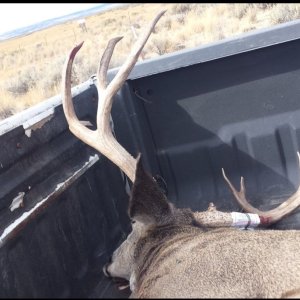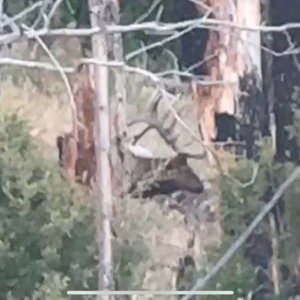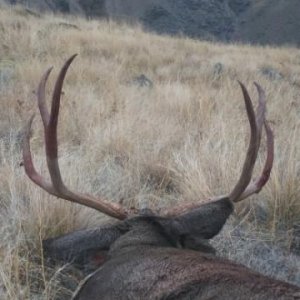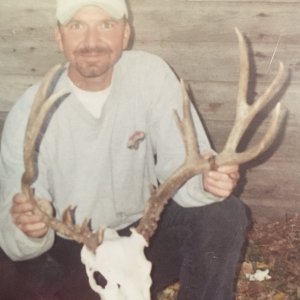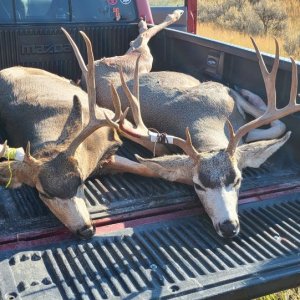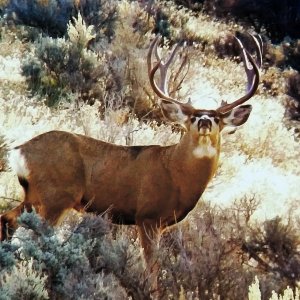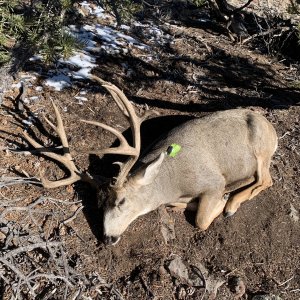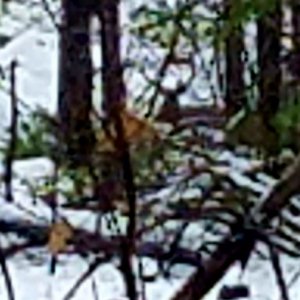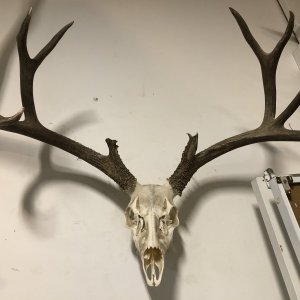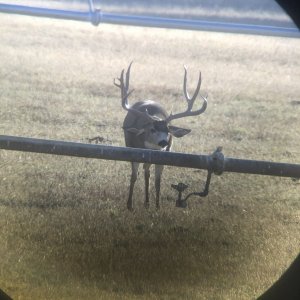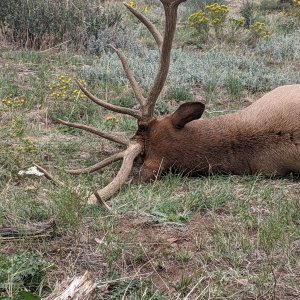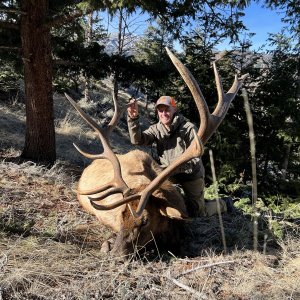You've been given some good advice. In my neck of the woods, 300yd shots have proven pretty typical over the years. If you have time to set up, shooting sticks are more than stable enough for this kind of shot. Although I've killed several deer at more than 400 yds, it is my experience that it is very difficult to get a solid enough rest in the field to consistently place shots in the kill zone over 400yds under hunting conditions. For example, my Montana buck this last year was busy chasing does out in the open and the does would not let us get any closer. I shot 3 times hitting him the 1rst and 3rd shot, but missed clean on the second (he was moving). Significantly, the shots that connected were nothing to brag about although the 300 wby did its job. My point is hitting a deer a long range is one thing, killing it cleanly is another when you factor in wind, animal movent, an increased heart rate, and a less than perfect rest. I used to use a harris bypod. I now use stoney shooting sticks which fold up and fit in my hunting vest. The bipod is clearly more stable, but I've found the shooting sticks more flexible and convenient to manuever around the sage brush that it inevitably in the way. As for practice, I've shot milk jugs but prefer paper plates taped to a box. More importantly, do your long range practing using your shooting stix or bipod, and try to mimic hunting conditions by jogging to shooting spot, then setting up as quietly and quickly as possible. I site my big game rifles (300 wby/7 stw/340wby) to shoot 31/2" high at a hundred yards. Depending on the load, this puts them dead on from 325 to 350+ yards. The more deer sized game I shoot at ranges over 400 yds, the more convinced I become that it's pushing my limits. While I've never lost an animal shot at long range, I'm coming to the conclusion that any farther than I can hold dead on and still get a lethal hit is probably a good practical limitation. Finally, get a lazer range finder and use it constantly. You will be amazed at how poor a judge of distance the human eye is in western open spaces.

